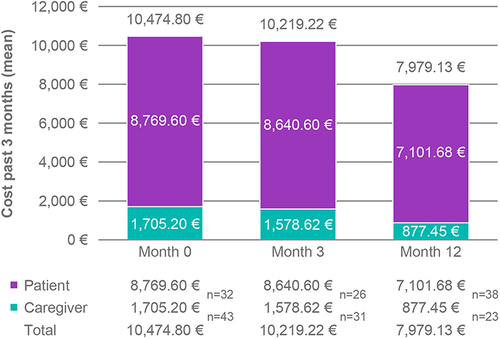Figures & data
Table 1 Study Inclusion Criteria
Table 2 Summary of Information Collected in the Questionnaire at Each Study Time Point
Table 3 Baseline Demographic Characteristics of Patients and Caregivers
Figure 1 Mean self-reported pain intensity in a NRS by TE and TNE NDMM patients at three study time-points. Month 0: As soon as possible after diagnosis and prior to treatment initiation. Month 3: Three months after diagnosis. Month 12: Twelve months after diagnosis. Numeric rating scale (NRS) for pain: Scale of 0 (no pain) to 10 (worst pain imaginable). Patients were asked to select a whole number (0–10 integers) that best reflects the intensity of their pain, with “0” representing no pain and “10” representing worst pain imaginable. The timeframe used was “in the last 24 hours” to capture the pain intensity felt presently by the patient. Patients self-score themselves based on pain extremities experienced. A higher score indicates greater pain intensity.
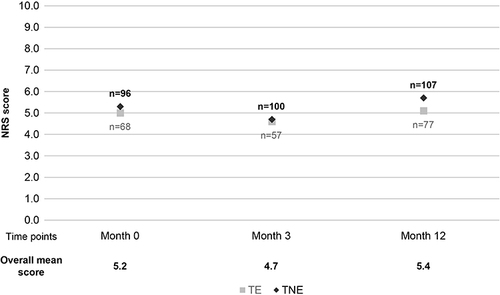
Table 4 Medications Taken for Symptoms Management by TE and TNE NDMM Patients at Three Study Time Points
Figure 2 Patients (A) and caregivers (B) perspective on TE and TNE NDMM patient performance status at three study time points. Month 0: As soon as possible after diagnosis and prior to treatment initiation. Month 3: Three months after diagnosis. Month 12: Twelve months after diagnosis. How would you describe your (patient questionnaire) / his/her (caregiver questionnaire) current activity levels / ability to carry out day to day activities? 1. Fully active, not restricted in day-to-day activities at all. 2. Cannot do physically strenuous activity but able to work or conduct light housework. 3. Unable to work or conduct any lighter activities, such as housework, but can look after self and active for more than 50% of waking hours. 4. Capable of limited self-care; confined to bed or chair more than half of all waking hours. 5. Cannot carry out any self-care; confined to bed or chair all the time. Statistically significant differences*.
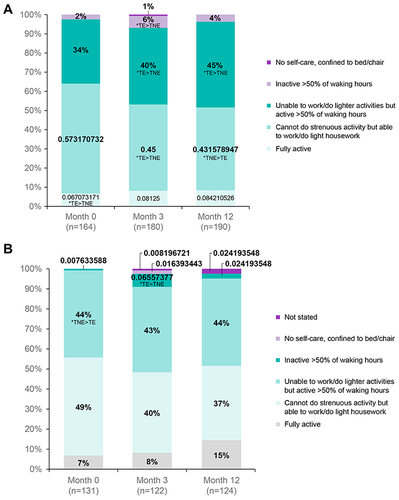
Figure 3 TE and TNE NDMM patients self-rating of overall health status at three study time points. Month 0: As soon as possible after diagnosis and prior to treatment initiation. Month 3: Three months after diagnosis. Month 12: Twelve months after diagnosis. Bases unless otherwise stated: Month 0 n=164; Month 3, n=160; Month 12 n=190. We would like to understand how good or bad your health is TODAY? Please place the marker on the scale below, to indicate how your health is TODAY. The “0” means the worst health you could imagine. The “10” means the best health you could imagine.
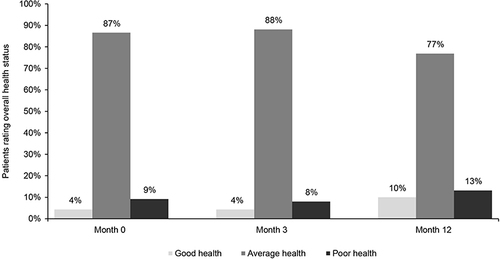
Table 5 IADL and QoL Mean Scores Amongst TE and TNE NDMM Patients at Three Study Time Points
Figure 4 NDMM patients’ leisure activities maintained and stopped at three study time points§. Month 0: As soon as possible after diagnosis and prior to treatment initiation. Month 3: Three months after diagnosis. Month 12: Twelve months after diagnosis. Bases unless otherwise stated: Month 0 n=164; Month 3, n=160; Month 12, n=190. §Many hobbies may have been restricted at Month 12 due to SARS-CoV-2 pandemic.
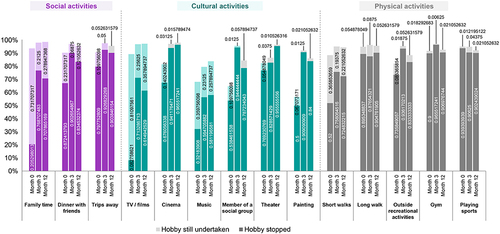
Table 6 Self-Rated Burden, Strain, and QoL of Caregivers of TE and TNE NDMM Patients
Table 7 Caregivers’ Self-Assessment of Their Own Overall Health as a Result of the NDMM Caring Role
Table 8 Direct Costs to Caregivers of TE and TNE NDMM Patients at Three Study Time Points
Table 9 Productivity Loss Amongst NDMM Patients and Caregivers at Three Study Time Points
Figure 5 Costs of absenteeism for all employed NDMM patients and caregivers at three study time points. Month 0: As soon as possible after diagnosis and prior to treatment initiation. Month 3: Three months after diagnosis. Month 12: Twelve months after diagnosis. Costs were calculated in €, based on the average salary (OECD 2018 for Month 0 and 2019 for Month 3/Month 12) and average number of hours worked annually per country.
